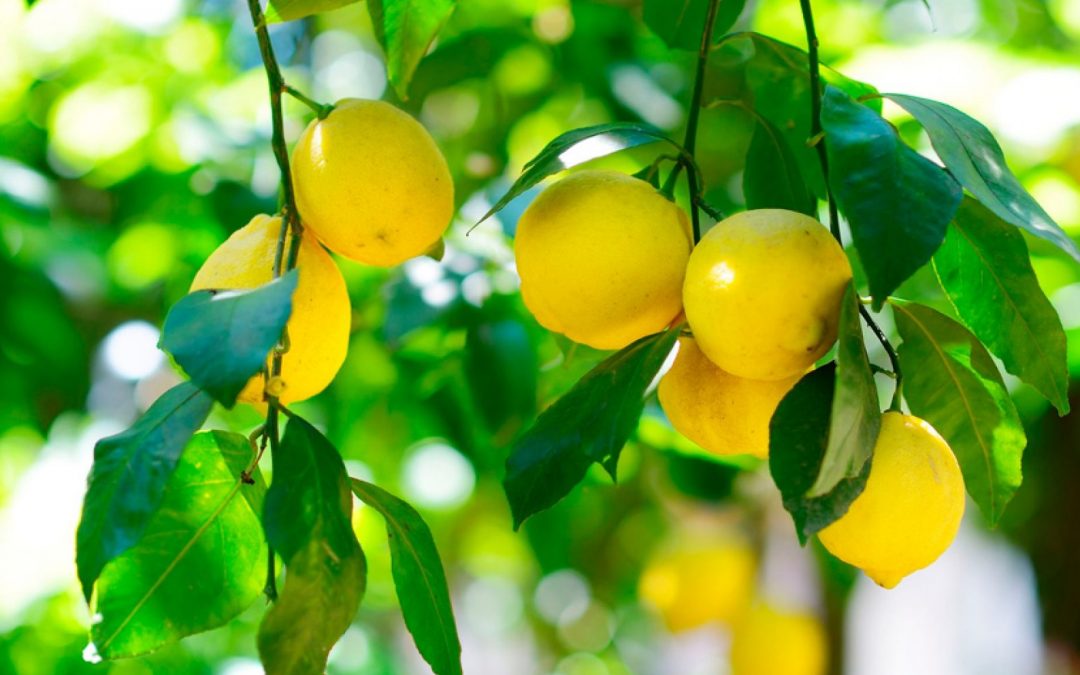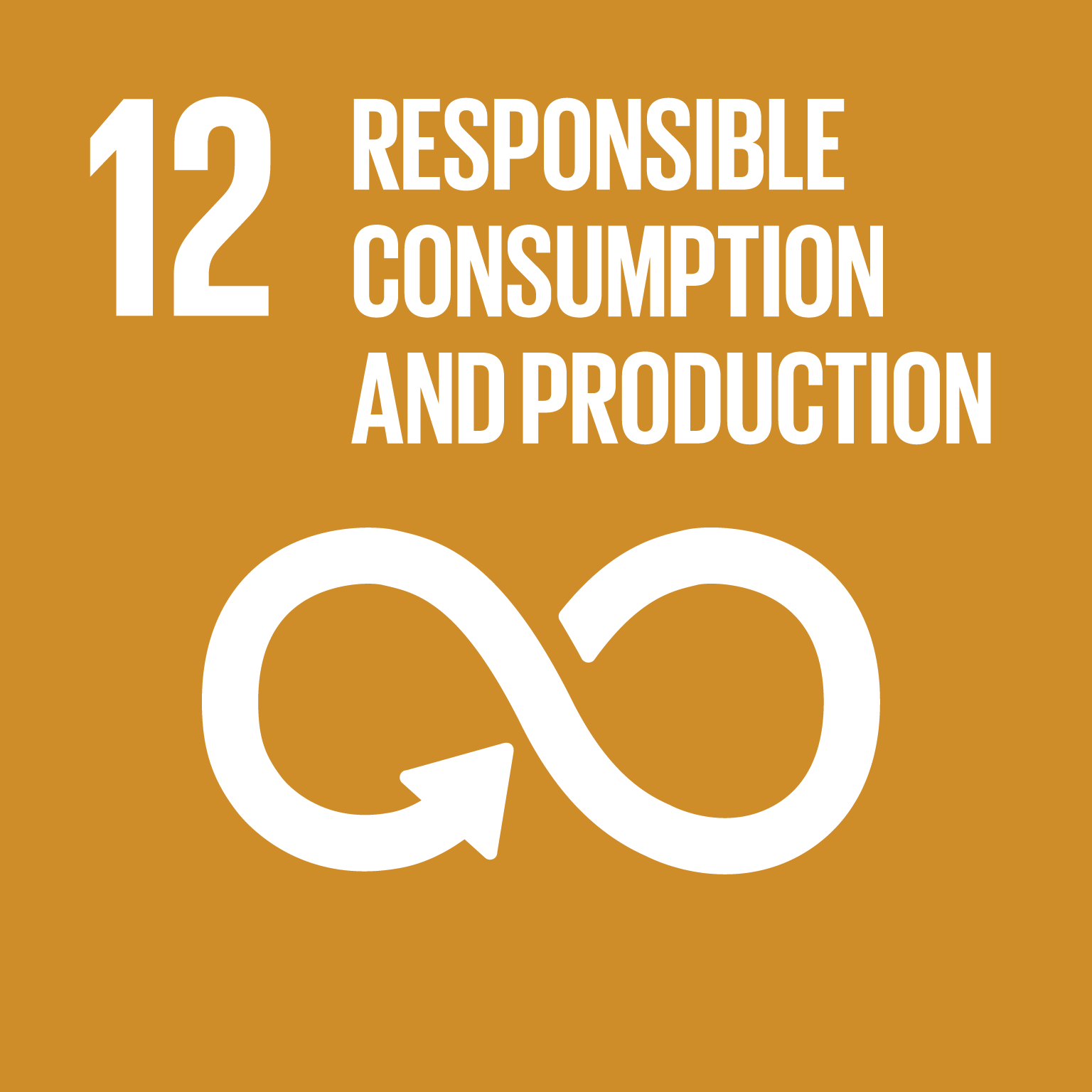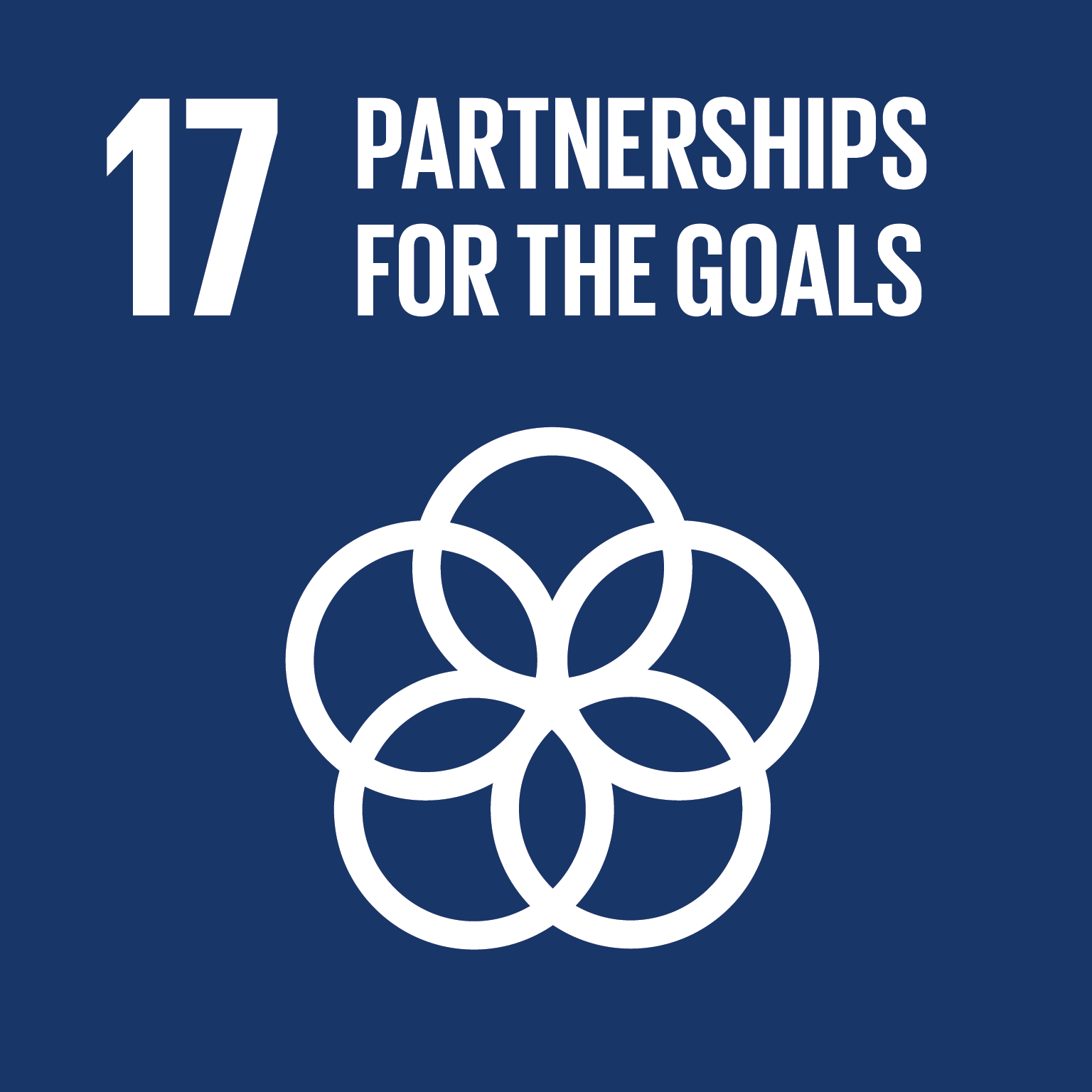Significant decrease in the progress of the HLB disease and its vector insect in the citrus platform activity, which in its primary stage accounts with almost 226 thousand hectares with citrus and more than 6,000 family farmers.
Fundación ArgenINTA/INTA

Investment Requested US$: 300000
Counterpart Amount US$: 738550
Total Amount US$: 1038550
Execution Period: 42 meses MONTHS
Impact
Technological Solution
Locally adapt integrated pest management (IPM) technology in citrus family farming focusing in the control of the HLB vector, by applying the practice of monitoring, using safe products preserving the natural balance and use of bioinputs.
Executive Summary
HLB (Huanglongbing) is the most destructive citrus disease in the world caused by a bacterium (Candidatus Liberibacter spp). The dynamic dispersion of the disease responds to the transfer of infected vegetal material and the presence of the vector (Diaphorina citri) as a dissemination agent. As there is no cure, prevention is based on the use of healthy material, constant monitoring of the plant and vector insect, its control and the early identification of the infected plant and its elimination. In 2012, the disease was detected in Argentina and in 2013 in Paraguay. In Uruguay and Bolivia there is still no record of the disease, but the vector is present. From the research and development institutions of the platform, the implementation of integrated pest and disease management (IPM) is promoted. However, the control of pests and diseases by calendar is still prevalent through out routine applications of non-selective agrochemicals that generates risks and damage to the environment, to beneficial entomofauna, to workers, to family producers and to the population in general. The proposal is to adapt, disseminate and raise awareness of IPM technology in the control of the citrus HLB vector in family farming. The project is organized int four components: 1. Control of the HLB vector in a context of local adaptation of integrated management, through the installation of 17 demonstration units in family farms; 2. Training for producing families and professionals, training of certified monitors, communication and social awareness; 3. Monitoring of sustainability, quality and economic analysis of demonstration units; and 4. Innovation collective management.
Sustainable development goals


Alignment to the PMP of Fontagro
The control of HLB with IPM represents an innovation for most producers of the region, as well as an effort to build interinstitutional agreements. The technological proposal is an important advance in the management of natural resources, compared to the traditional control alternative. Additionally, in the case of a devastating citrus disease, the control of the HLB is crucial to maintain the competitiveness of the region and therefore the whole of the value chain. The producers involved in the project are mainly from the family farming sector, which are of interest of FONTAGRO, incluing specifically socialization, communication, training and innovation collective management.
Potential of beneficiaries
The direct beneficiaries of the Project are 3000 family farmers which produce citrus, organizations (cooperatives, consortiums and associations), 250 professionals and 200 network monitors, 200 students from agrotechnical school, residents of 20 municipalities in Argentina, Uruguay, Paraguay and Bolivia. The indirect beneficiaries are other 3,000 family producers, the citrus sector as a whole and the consumers of the four countries.
